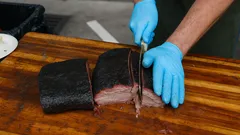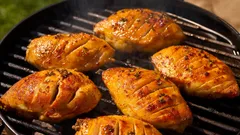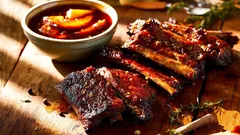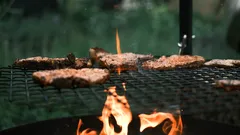1772
6
5 minutes
Suggested Articles

Texas BBQ legends deliver unforgettable smoky flavors this summer
Discover the best barbecue spots in Texas for August 2025. Explore award-winning brisket, iconic smokehouses, and the unique flavors that make Texas BBQ a must-try experience.

Discover the marinade that creates juicy, caramelized BBQ chicken
BBQ & Grill

The secret to restaurant-worthy brisket lies in your choice of knife
BBQ & Grill

Give classic barbecue a bold twist with smoky peach bourbon sauce
BBQ & Grill

Grill masters swear by this sauce for smoky, peppery, authentic flavor
BBQ & Grill

Enjoy perfect buttery corn without the mess every single time
BBQ & Grill

Cut salt by nearly half with this simple canned bean trick
Cooking

Texas shores buzz as the piggy bank mystery captures imaginations
News

Hidden danger in your freezer: ice cream bar recall explained
News

Angler’s record-breaking catfish at Falcon Lake inspires fishing dreams
Fishing

Contaminated coffee jars trigger sweeping recall across 48 states
News
 Ribs, Oil & Vehicle
Ribs, Oil & Vehicle

Comments